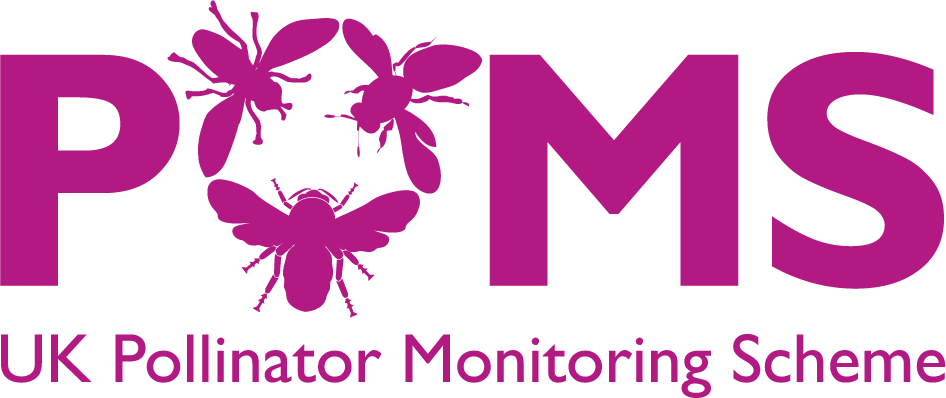We hope that you enjoy taking part in one or both of the PoMS surveys (FIT Counts and 1km square surveys). There are a number of other pollinator survey and recording projects that you may also be interested in, many organised by PoMS partners.
Recording bees and wasps
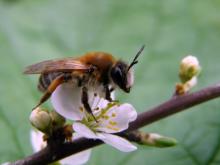
For Bumblebees, the Bumblebee Conservation Trust (BBCT, a PoMS partner organisation) has lots of information, including identification guides, and also runs the "BeeWalk" surveys. These involve walking a regular route once a month and recording all the bumblebees you see. This provides another strand of data on pollinators that can be used to monitor changes. For more information on this and other surveys go to the link below:
- Find out more: So you’ve seen a bee, what happens next?
Recording hoverflies and other flies
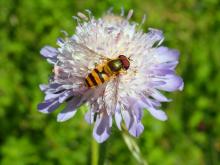
For information on the very wide range of fly families and species in addition to hoverflies, and a list of all the other recording schemes for flies, go to the Dipterists Forum website and explore the links there (see also Dipterists Forum on Twitter and Facebook).
- Find out more: Dipterists Forum website
Recording butterflies and moths
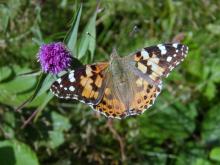
Moth records are collated by a network of county moth recorders, who feed records in to the National Moth Recording Scheme, managed by Butterfly Conservation. As with the butterflies, there are local moth groups in most counties or regions. Some counties make use of iRecord, but contact your county moth recorder to check how they wish to receive records.
Butterfly Conservation is a partner in PoMS.
- Find out more: Butterfly Conservation website
Recording other pollinators
Many of the other insect groups have their own recording schemes, see the list from the link below.
- Find out more: national recording schemes and societies (Biological Records Centre list)
For more about wildlife recording in general, see "Getting started" from the Biological Records Centre within UKCEH.
Recording plants
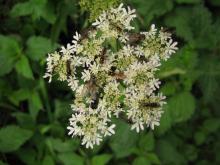 Pollinators need plants! There are many ways to get involved with recording plants, including structured surveys such as the National Plant Monitoring Scheme, which has similar aims to PoMS (and in England and Scotland the PoMS 1km squares are co-located with the NPMS squares). Explore the links below to find out more, and see also this helpful BSBI guide to getting started with plant identification.
Pollinators need plants! There are many ways to get involved with recording plants, including structured surveys such as the National Plant Monitoring Scheme, which has similar aims to PoMS (and in England and Scotland the PoMS 1km squares are co-located with the NPMS squares). Explore the links below to find out more, and see also this helpful BSBI guide to getting started with plant identification.
Find out more:
- National Plant Monitoring Scheme
- Botanical Society of Britain and Ireland
- Plantlife (including the "Every Flower Counts" garden lawn survey)
